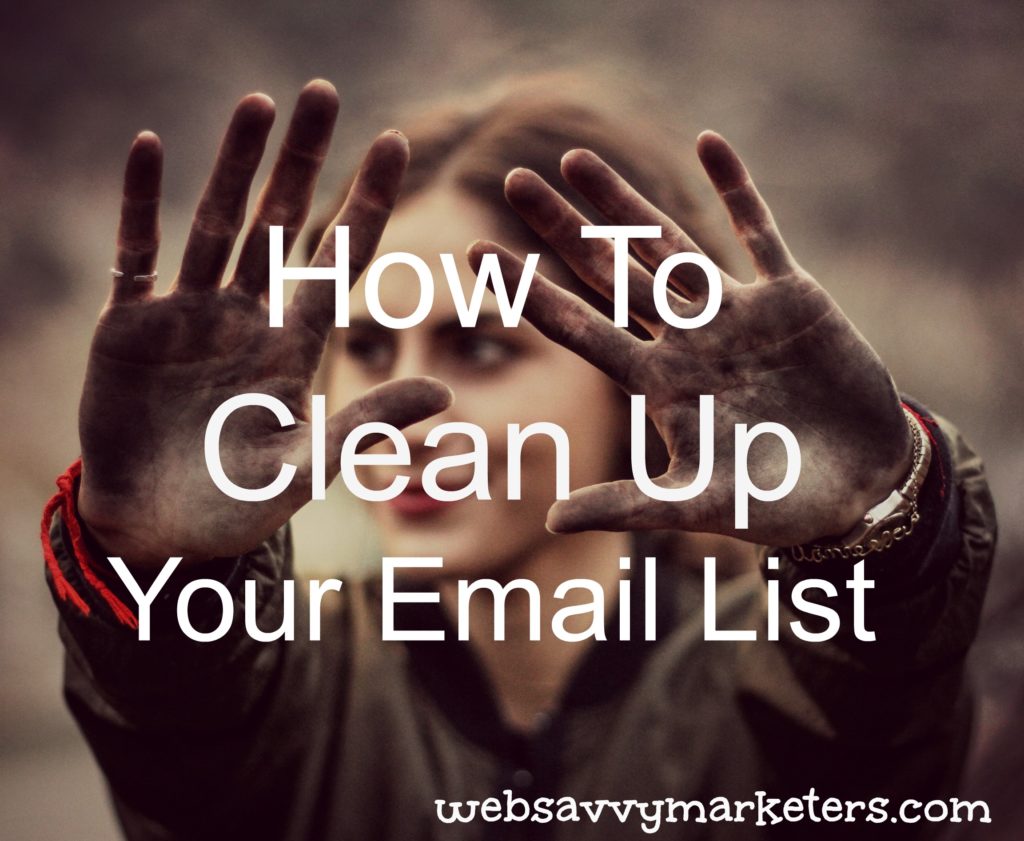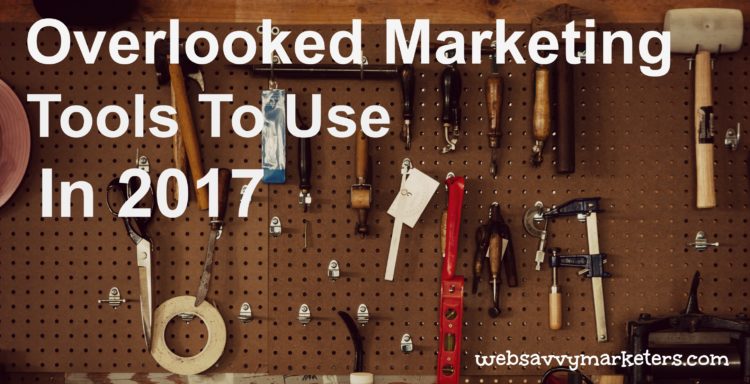
In the world of Connecticut manufacturing, navigating every facet of running the business can be a daunting challenge. That’s where Web Savvy Marketers steps in.
Web Savvy is not just a marketing agency, but also the founding member of the Connecticut Manufacturer’s Resource Group (CTmrg), an organization dedicated to helping build the strongest possible manufacturing environment by bringing together services and resources under one roof.
Through a unique blend of skill and resources, Web Savvy Marketers has proven to be more than just a marketing agency; they are a driving force behind their clients’ growth and development.
Let’s take a look at what Web Savvy has done for Radcliff Wire, a leader in high quality, custom-shaped wire manufacturing, as an example of what can be accomplished with a well connected marketing team.
Harnessing State Resources
Web Savvy harnessed the power of Connecticut’s great resources for manufacturers in a couple of ways to support Radcliff Wire.
- Energy efficiency and savings: Beth Devine at Web Savvy, invited in the Southern New England Industrial Assessment Center, funded by the US Department of Energy and administered through UConn engineering faculty and students. Radcliff Wire underwent a comprehensive energy assessment, meticulously analyzing energy consumption and identifying areas of loss. Though the final report is still pending, the promise of substantial energy savings and sustainable practices showcases Web Savvy’s dedication to Radcliff Wire’s growth and environmental stewardship.
- Funding through the Manufacturing Voucher Program (MVP): Through the stewardship of Web Savvy, the Manufacturing Voucher Program (MVP) has been a game changer in Radcliff Wire’s journey towards expansion. Thanks to Beth’s familiarity with the program and its application process, Radcliff Wire secured nearly $30k in funding. This financial boost fueled the acquisition of new equipment, laying the foundation for better productivity, efficiency, and quality.
In a survey conducted by CCAT after the MVP grant process, Charlie Radcliff, President of Radcliff Wire was asked how he would rate the process of getting the MVP funding. His response says it all: “It was really easy, I just gave it to Web Savvy and they took care of it!”
Transformative Marketing
Of course, Web Savvy Marketers is also an experienced marketing agency with a proven ability to improve brand awareness, increase top of the funnel growth, and even support talent acquisition. Web Savvy’s multifaceted approach has been yielding remarkable results for Radcliff Wire. Below are just a few of the projects and their current or expected results:
- Amplified Prospect Reach: Through strategic cold-calling initiatives, Web Savvy Marketers has expanded Radcliff Wire’s prospecting database by an astounding 400%. This amplified reach is opening doors to new opportunities and partnerships.
- Press Release Triumphs: Notably, two 2023 press releases captured sizable attention. The first press release – an introduction of Radcliff’s new medical product, mandrel wire, garnered coverage from 105 outlets, reaching an estimated 9 million audience members and bolstering SEO with valuable backlinks. Similarly, a press release regarding the visit of CT’s Chief Manufacturing Officer, Paul Lavoie, resulted in coverage by 140 outlets, with a potential reach of 25 million.
- Establishing Industry Authority: Radcliff Wire’s expertise was showcased through an article published in “Today’s Medical Developments,” solidifying their reputation as an industry frontrunner.
- Digital Evolution: Recognizing the importance of an online presence, Web Savvy Marketers spearheaded a comprehensive website redesign project, ensuring that Radcliff Wire’s digital presence aligns with its excellence in custom-shaped wire manufacturing.
- Enhancing Recruitment Strategies: Finally, in today’s tight labor market, manufacturing positions can be extremely difficult to fill. This is where recruitment marketing can make a huge difference. Starting with the basics, Web Savvy Marketers ensured that Radcliff Wire’s job descriptions were clear, interesting, and reflective of the company as well as the audience. They are now ready to go out into the world as compelling job postings.
“When we first started with Web Savvy,” said Charlie Radcliffe, “I thought we just needed support to promote a new product. But the more I learned more about Web Savvy’s wide ranging marketing expertise, the more confident I felt handing them whatever came our way – articles for professional publications, website updates, recruitment support. I knew Web Savvy would not only offer outstanding strategic advice, but they could also implement whatever tasks we needed to the highest level.”
In the dynamic landscape of Connecticut manufacturing, Web Savvy Marketers sets itself apart as an incredibly well connected and knowledgeable resource in so many areas a manufacturer may need support.
As a cornerstone of the Connecticut Manufacturer’s Resource Group (CTmrg), Web Savvy’s partnership with Radcliff Wire has exemplified the potential of collaborative marketing and resource utilization. From energy efficiency to strategic marketing, Web Savvy Marketers, alongside CTmrg, has propelled Radcliff Wire towards success.
If you’re a Connecticut manufacturer seeking a transformative journey like Radcliff Wire’s, Web Savvy Marketers is your partner in turning aspirations into reality.




 Overview of GDPR and how it affects small business owners in the US. With specific links and resources for businesses with e-commerce websites and those running WordPress and WooCommerce.
Overview of GDPR and how it affects small business owners in the US. With specific links and resources for businesses with e-commerce websites and those running WordPress and WooCommerce. Traditionally, we think of marketing as a business development tool. But there’s been a change in the marketing world of late – branding for the purpose of recruitment. With the unemployment rate dropping, more and more businesses are finding it more difficult to recruit talent.
Traditionally, we think of marketing as a business development tool. But there’s been a change in the marketing world of late – branding for the purpose of recruitment. With the unemployment rate dropping, more and more businesses are finding it more difficult to recruit talent.

